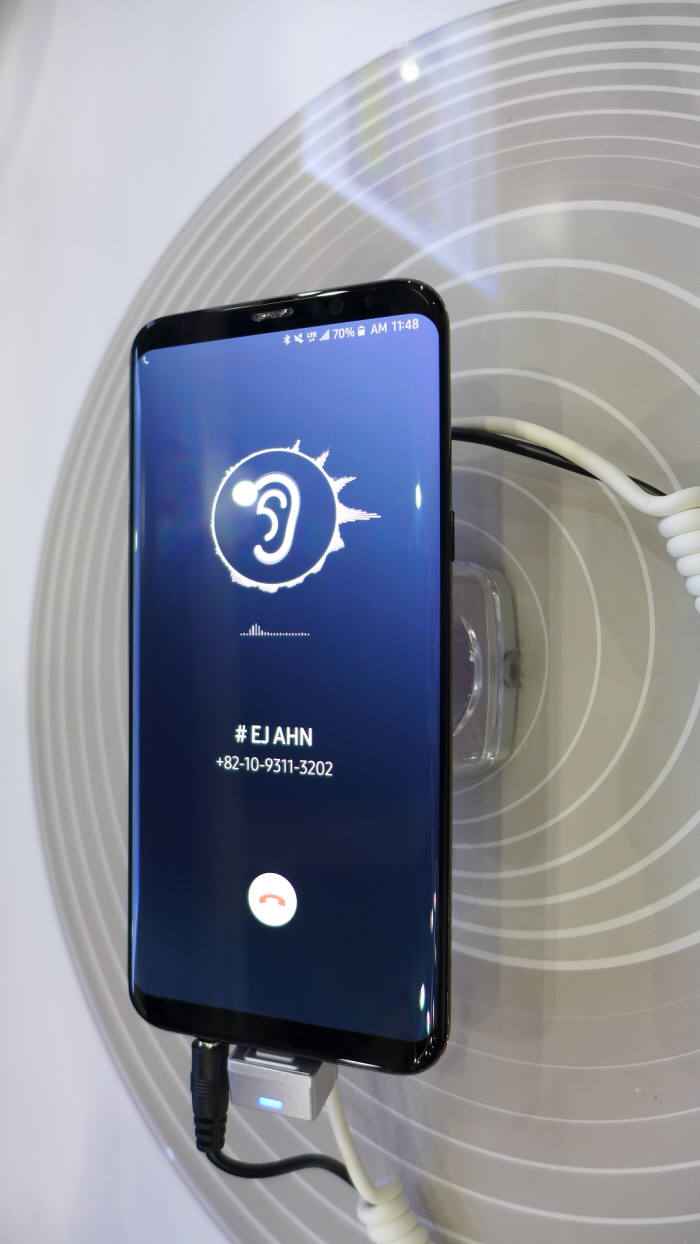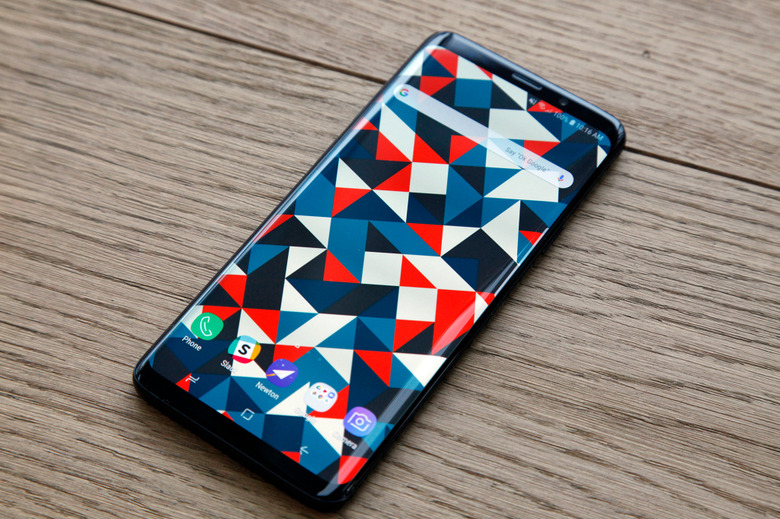Galaxy S10 May Feature Game-Changing Tech To Help Samsung Avoid Copying The iPhone X
The iPhone X's notch is a necessary evil right now, but that might go away a lot sooner than we'd have expected. By going away, we mean that the notch might be significantly reduced on future iPhone X successors and all of their Android clones thanks to a game-changing piece of screen technology that we last discussed about just a few weeks ago.
A report says that Samsung will commercialize these nifty new displays as soon as early 2019, which means the Galaxy S10 might be among the first devices to use it. LG is also working on similar OLED screens for early next year.
Showcased at SID in late May, the "sound on display" screen doubles as a speaker, as the sound is conducted directly through the screen to the user's ear via skull bones. Samsung's OLED prototype shown at the event measured 6.22 inches diagonally and featured 2960 x 1440 resolution. In other words, this is precisely the kind of 2:1 high-resolution screen we'd expect to see in all-screen phones, whether they have notches or not.
Samsung has been the only company of the major Android makers out there that's yet to copy the iPhone X. Rather than going all in on the notch this year, Samsung kept using Infinity Display designs on the Galaxy S9 and mid-range phones. The Note 9 will also have an Infinity screen, just like its predecessor.
News from Korea via ETNews says that phones without speakers are coming next year, with both Samsung and LG targeting early 2019 launches. If the report is accurate, then the Galaxy S10 is the most likely vessel for Samsung to launch this new technology. The move would not eliminate the notch or top bezel completely, as it only deals with the front speaker and not sensors. But it would allow Samsung and others to create phones that have even smaller bezels, since they would only have to house front-facing cameras and other sensors.

The "sound on display" prototype in the image above looks a lot like the Galaxy S9, featuring considerable top and bottom bezels. But this is just a prototype.
The report notes that the display conducts sound to the bone, which means you won't hear a thing if you move the handset away from your ear. We all use that front speaker during phone calls, and that's what the sound display is made for. When it comes to entertainment, these devices will still have speakers that can deliver great sound. It's just that the speakers won't be placed on the front of the phone.
LG Display, meanwhile, has a similar technology in development called "crystal sound," or CSO, which the company demoed at CES 2017 and 2018 on OLED TVs. The screen becomes the speaker, and in this case, we're not looking at bone conduction tech, but at regular speakers placed behind the OLED panels. That's probably easier to do on a huge TV where there's plenty more screen real estate than on a smartphone. Per ETNews, LG wants to bring its CSO tech to smartphones and notebooks as well.
If any of these speaker tricks are successful, Apple will likely make use of them in future iPhones. In fact, Apple has probably had access to this tech well before last month's display trade show, and it already decided whether to incorporate it in 2019 iPhones, or later models.
